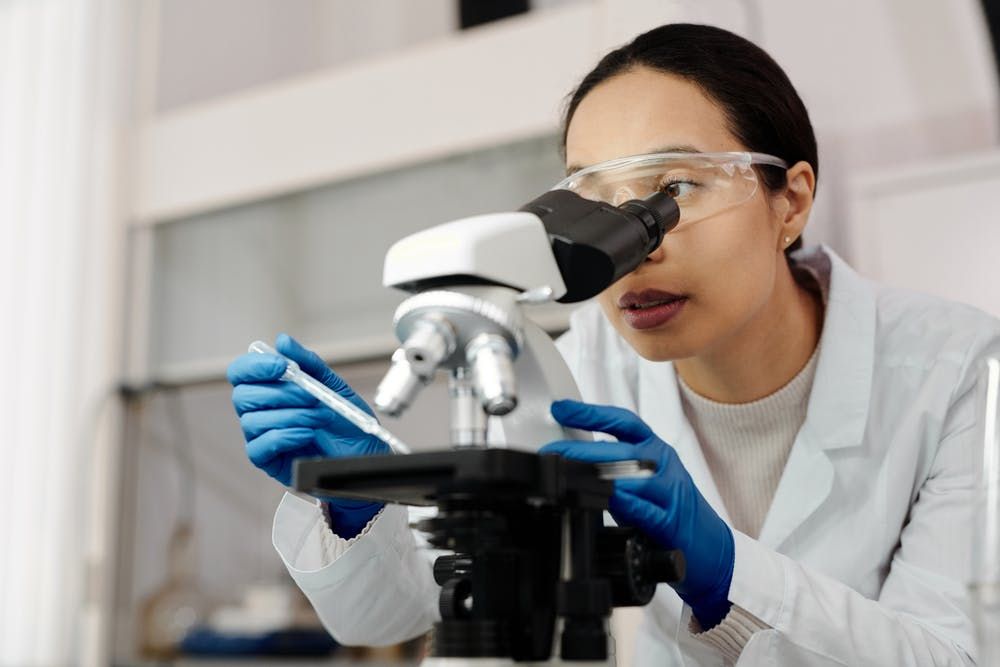Molecules Coronavirus Hijacks to Infect Cells Identified
A large family of viruses, coronaviruses include common cold viruses as well as more severe viruses.

Investigators at Gladstone Institutes and the Chan Zuckerberg Biohub, in collaboration with Synthego Corporation and the University of California, San Francisco, have recently completed a study that has identified the critical molecular processes that occur in human cells which the family of coronaviruses use to survive.
The different coronaviruses, which includes the virus that causes the coronavirus disease 2019 (COVID-19), infects a host by hijacking cells and using their molecular machinery for its own survival and replication. The team behind the research sought out to target the human molecules which the viruses use to stay alive, rather than the components of the viruses themselves. Investigators believed that targeting these processes with therapies could potentially treat COVID-19.
"What is unique about our study is that we didn't just look at SARS-CoV-2, but other coronaviruses at the same time," Melanie Ott, a lead author on the study said. "This gives us a good idea of drug targets that could broadly suppress many coronaviruses."
The study, published in the journal Cell, infected human cells with SARS-CoV-2 , along with other coronaviruses. Each of the different viruses all killed the cells that they infected. The investigators then mutated the cells using CRISPR-Cas9 gene-editing technology to study which of the mutations made the human cells less vulnerable to the viruses.
Findings from the study bolstered research that demonstrated the human ACE2 receptor being required for the COVID-19 virus to enter cells. The research also discovered that certain genetic mutations observed actually prevented the host of viruses studied from infecting cells and killing them. The mutations are known to control the balance of two types of lipid molecules in human cells, namely cholesterol and phosphatidylinositol phosphate (PIP).
To further explore the impact of the viruses and to find potential therapies, the team of investigators engineered human cells which lacked the genes and infected them with one of the viruses. The cells were protected from infection by all of the coronaviruses and were also less susceptible to infection when their balance of PIP or cholesterol was disrupted.
"For viruses, the traditional view has been that we design drugs against unique viral targets, and that means it takes time to develop a drug each time there's a new virus," Ott said. "If we could develop a few broader antiviral drugs that target host cells' molecules, that would go a long way toward making us better prepared for future pandemic viruses."
2 Commerce Drive
Cranbury, NJ 08512
All rights reserved.
